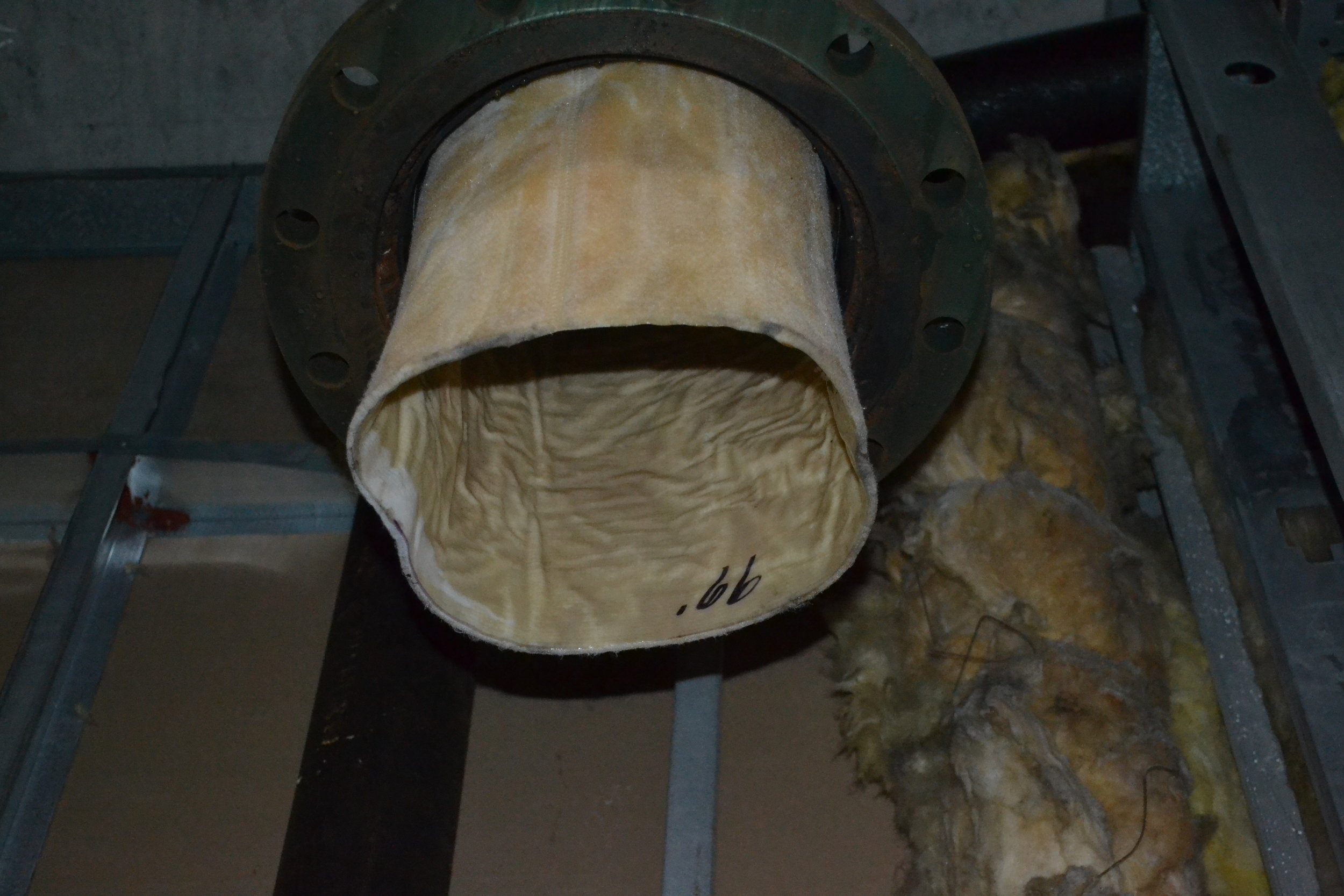Traditional pipes have easily-recognized materials. They’re cast in a particular shape, and there’s no mystery about what makes them waterproof and structurally sound. Although CIPP liners have many advantages for industrial use, many hesitate to use this technology based on lack of knowledge. It’s hard to have confidence in a pipe that moves into place as limp fabric. We’ve gone into more detail about what CIPP liners contain, how they work, and the impact they have on safety.
CIPP Sleeves
The actual material of CIPP sleeves depends a lot on the technicians installing them. Different installation companies have different preferences, and these often come down to which materials were used during a technician’s training. Although there will be slight differences between companies, there are essentially two different kinds of material used to make the actual sleeve. The first of these is non-woven polyester. The second is fiber reinforced fabric.
Neither of these is the kind of material you could pick up at your local craft store, at least not in bulk. Think of these fabrics as heavy felt. Although the hardening agents ensure there are no leaks, the fabric itself is very water resistant. Each sleeve is made to match a particular pipe, and it’s literally tailor made to fit.
CIPP Hardening Agents
There is a greater range of hardening agents than sleeve materials. These, again, depend a lot on technician preference, but the specific CIPP technique may also influence the ultimate decision. For example, CIPP liners can be hardened by using heating elements, but not all CIPP technicians use the same technique. Although using a secondary sleeve full of hot water is a popular option, it isn’t the only choice.
CIPP hardening agents are all types of polymer resins, and sleeves are impregnated with them before going into the pipe in need of repair. These resins could be comprised of polyester, silicate resin, or vinyl ester epoxy. Technicians mix catalysts, which act as hardening agents, into these bases. They help ensure a quick, even hardening once the sleeve is in place.
CIPP Material Safety
In the end, most clients’ concerns come down to safety. The idea of a pipe moving into place with soft and/or liquid materials raises concerns. Will that material soften again? Could unhardened sections affect water lines? Is this system structurally sound? These are all perfectly reasonable questions, but you have much less to worry about than you may think. CIPP materials are perfectly safe for potable water lines, and if you have further concerns, you can always speak with a technician directly to learn more about the process. Video assessment before and after installation is part of the CIPP process, so there’s no real risk of uncured sections of pipe posing a danger to employees’ health or pipe integrity. Best of all, CIPP liners can actually last longer than many traditional pipes.
CIPP liners are no more a threat to workplace safety than any other type of pipe. They actually offer a number of advantages. This process is safe, easy, and much simpler than you might have imagined.
